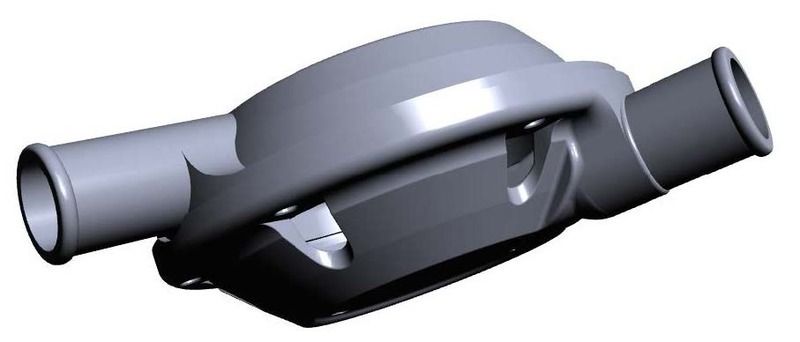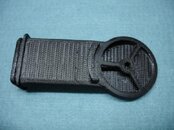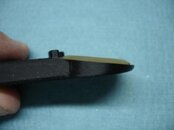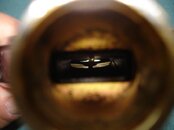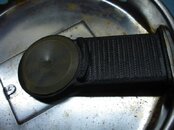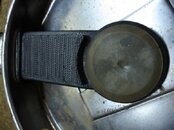The exhaust effort, measured on my bench, surface conditions, is among the lowest I have measured of any type regulator. Once the loop is submerged in a typical swimming position the exhaust effort is extremely low.
N
Hi Nemrod
I published some exhaust flow resistance test data. The data was taken using scientific methodology, were I did a true side by side comparison of different exhaust types. I controlled all the variables to make a true comparison (not an “apples to oranges” type comparison). I also did simulated deep water testing using non-dimensional Reynolds number scaling to predict the flow resistance encountered by the density change (equivalent to 5 atmospheres).
Some of the data can be found in this link:
Vintage Double Hose
And as expected, I always do a proper error analysis (when collecting data). Analyzing and evaluating the potential data inaccuracies and potential errors is extremely important to determine if the data is worth anything. Data verification and validation is as important as having the data.
My instrumentation was calibrated or verified. I have calibrated analog and digital gauges that are very accurate.
In my recent post about flow rates, that is just a gross observation, not actual scientific data. I actually have accurate volume data for those tanks (measured using precise water weight/ volume), but for this purpose I just presented some rough numbers.
Another example of inaccurate data is how we talk about the steel 72 as having 71.2cuft. The manufacturers showed three significant digits probably for advertising, to give the illusion of precision. In science and engineering we considered that misleading (could even be considered unethical if done intentionally).
I have measured the actual volume of a dozen different steel 72 (using water) They range from 69.6 to 72.2. The average was 70.6 cu ft. Notice in this case I actually used three significant digits. Every measurement was held to at least that accuracy.
When I talk about a steel 72, I normally say that it hold about 71 cu ft, at about 2500 psi.
Note: This thread is about the Argonaut and its related development from its vintage roots to a truly modern regulator. This thread is not about steel 72 or about other regulators, plastic or otherwise.
I only mentioned the steel 72 as an example of the process I follow to try to get accurate engineering data, during the development of the Argonaut and other projects. The accuracy is limited by my resources, but I did followed well established scientific principles as closely as possible.
Thanks
---------- Post added June 8th, 2015 at 07:01 AM ----------
Below are two cross-section shots of the exhaust can 3D model.
A huge advantage of this fabrication/ molding process is that it allow me to design the can with thicker material cross section in any of the higher stressed areas. Notice that all the sharp inside corners have a generous radius and the changes in material thickness. It was easy to add reinforcing material were needed.
It was also easy to design a smooth round to square transition for the exhaust duct-work. Notice the exhaust flow path.
I worked (as a design engineer) for almost ten years in industrial gas flow control equipment. A metal duct could never be fabricated with such a smooth transition, it doesn’t matter if it is this small or 10 feet in diameter.
Notice the reinforcements were the horns transition into the cans. You can see the details from the model in the actual parts.
Note: the length of the two horns is exactly the same. I just notice that the perspective view on this shot makes them look like if they had different length.






